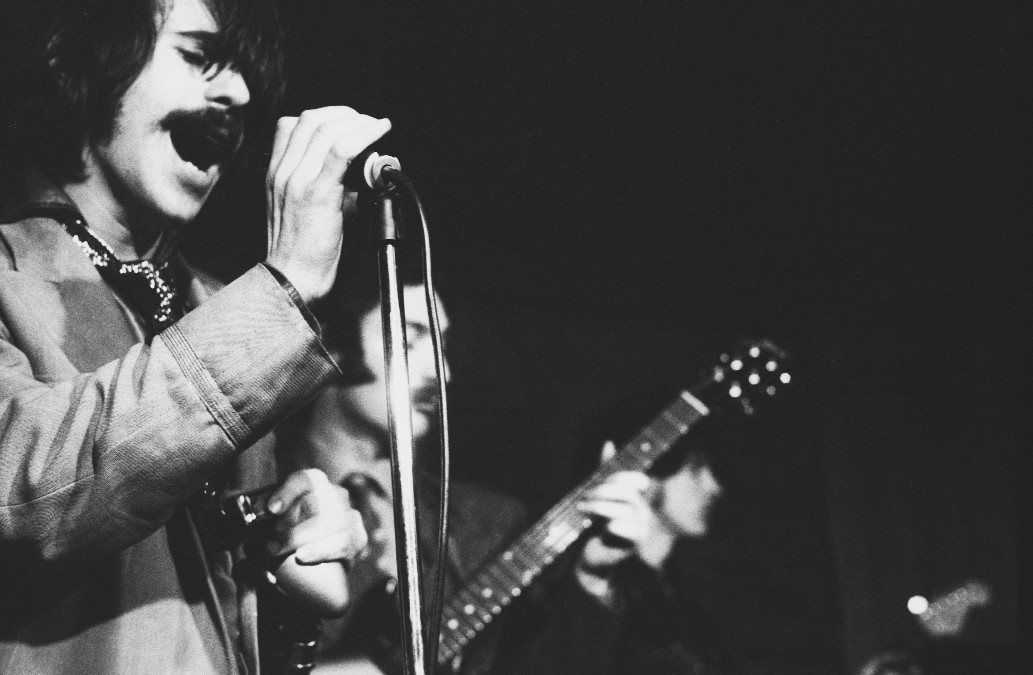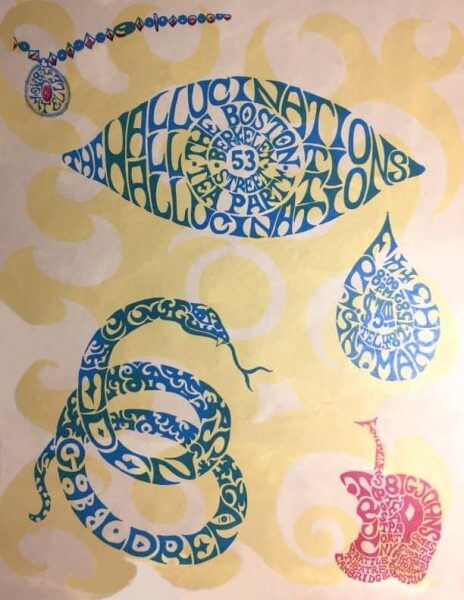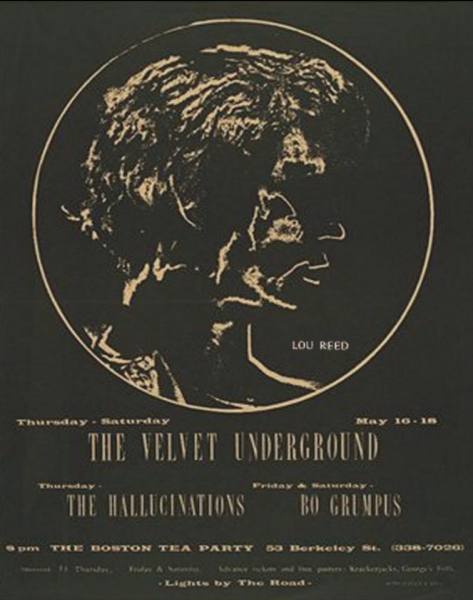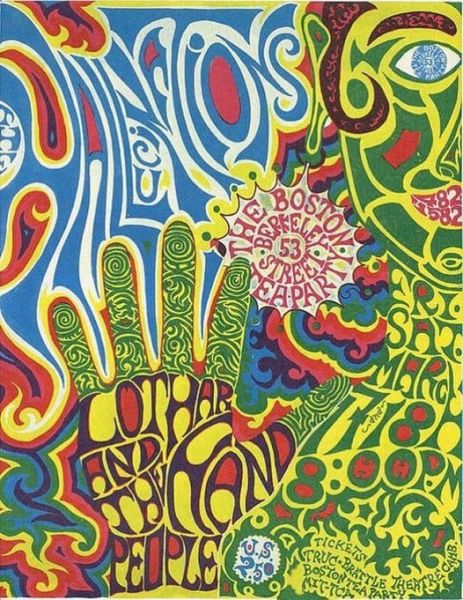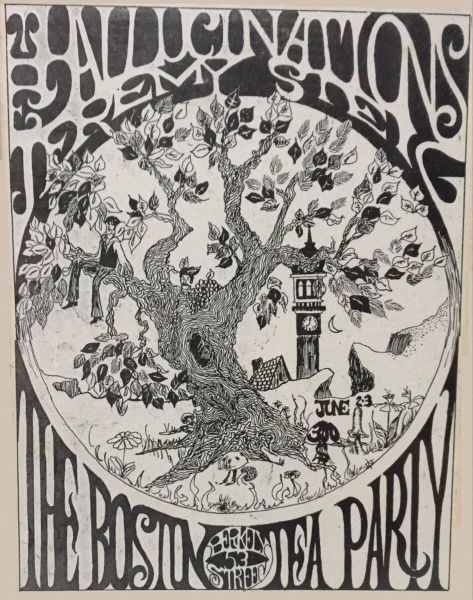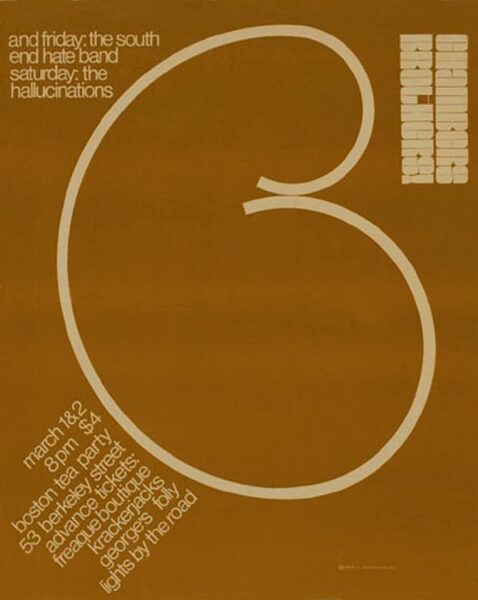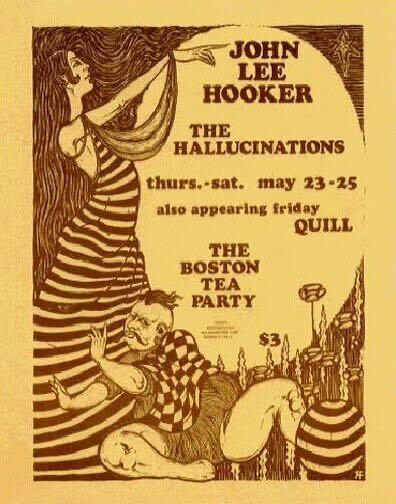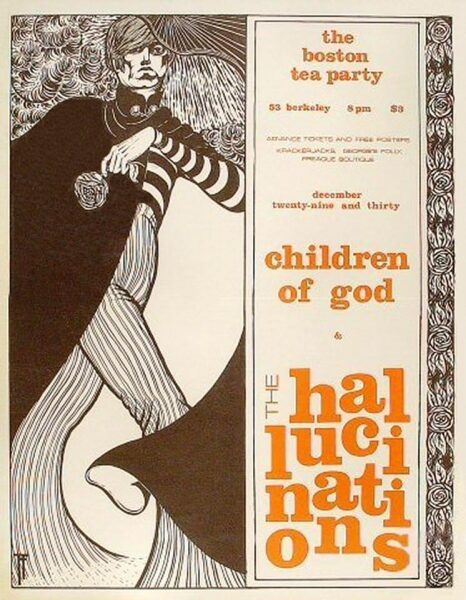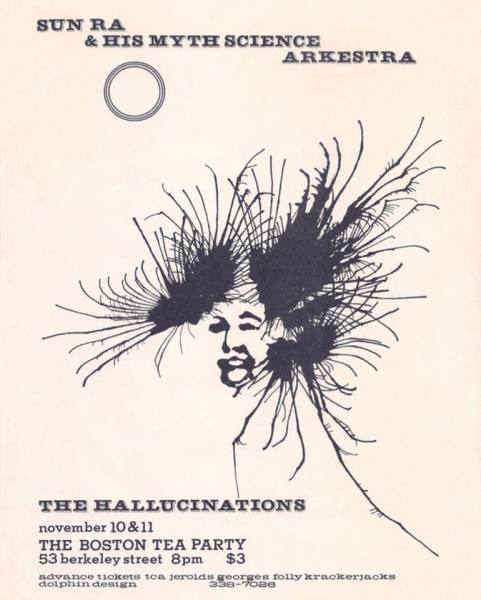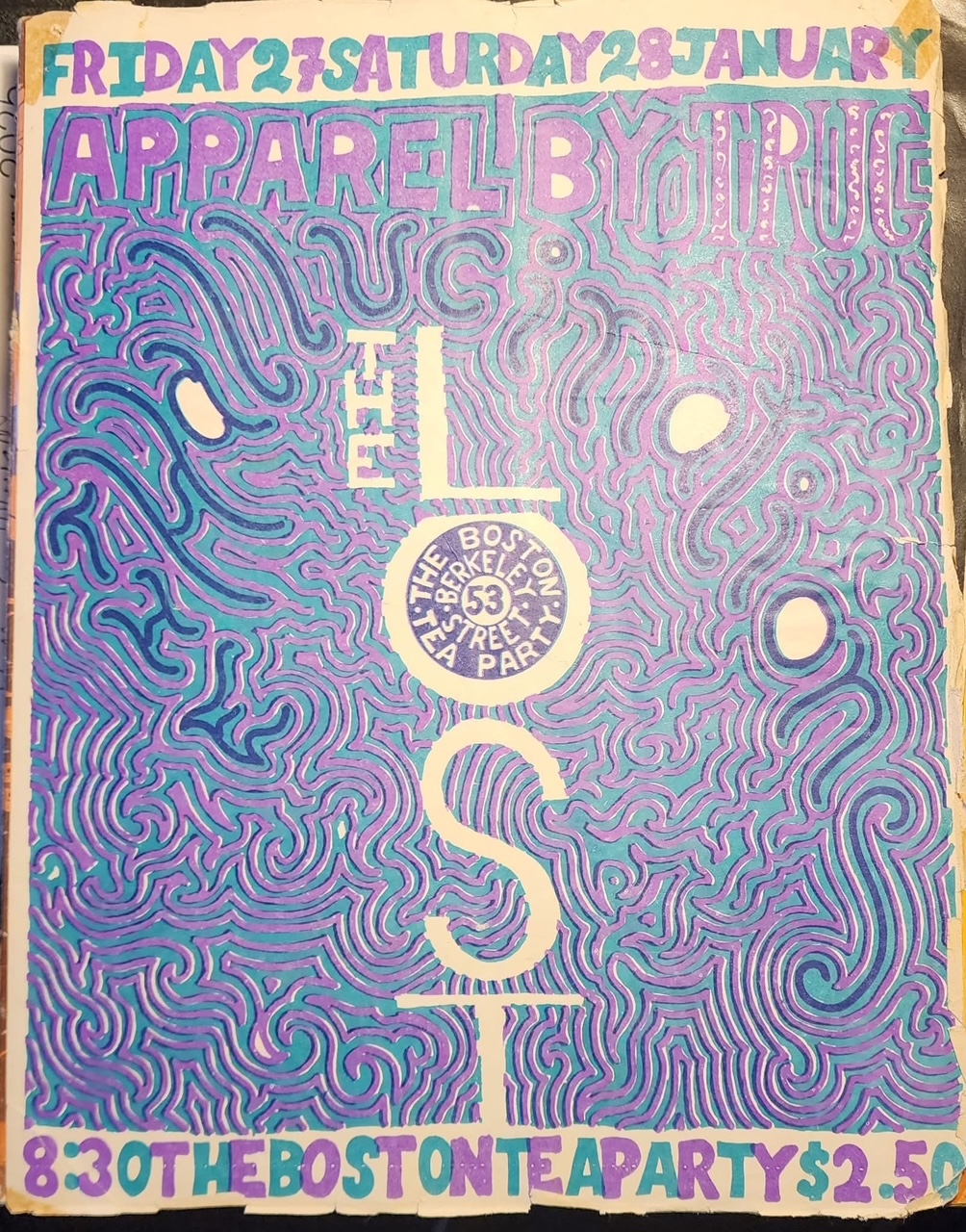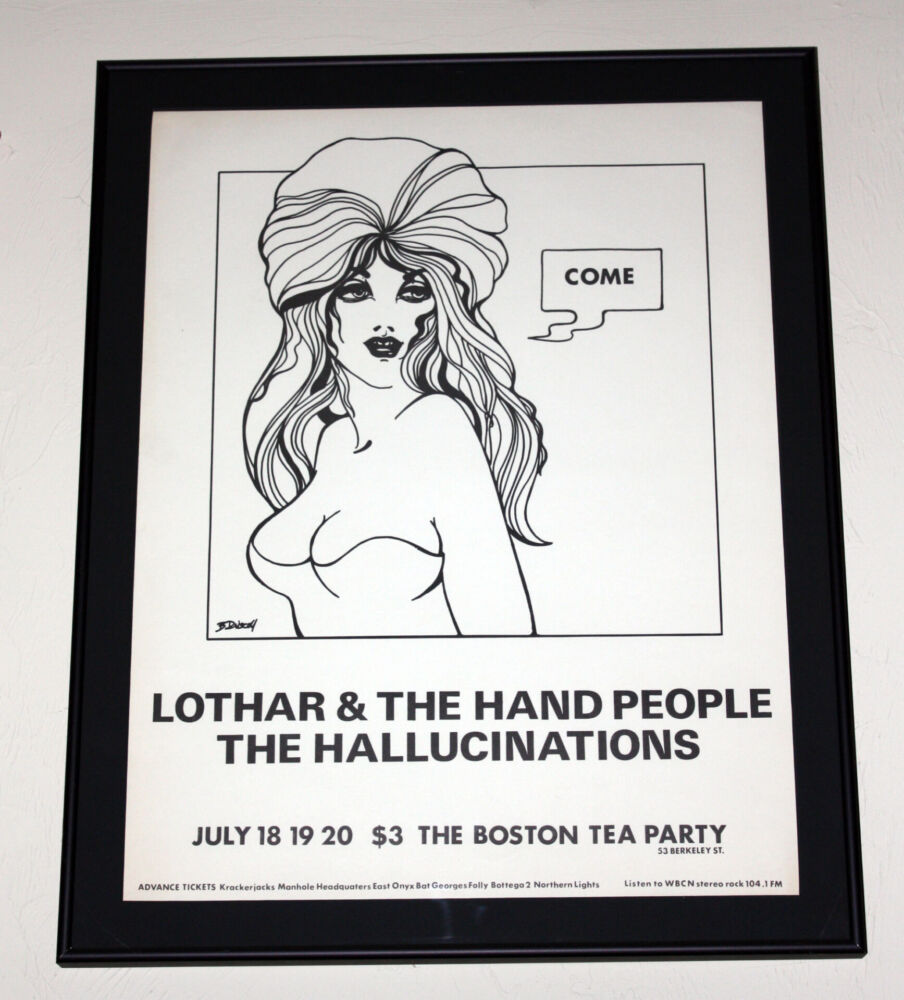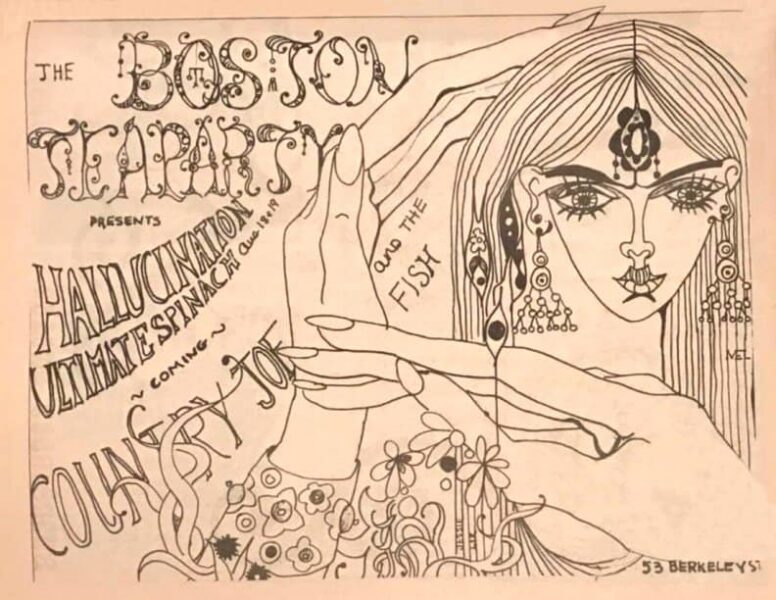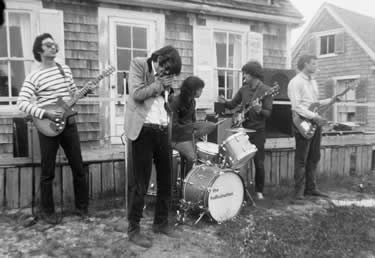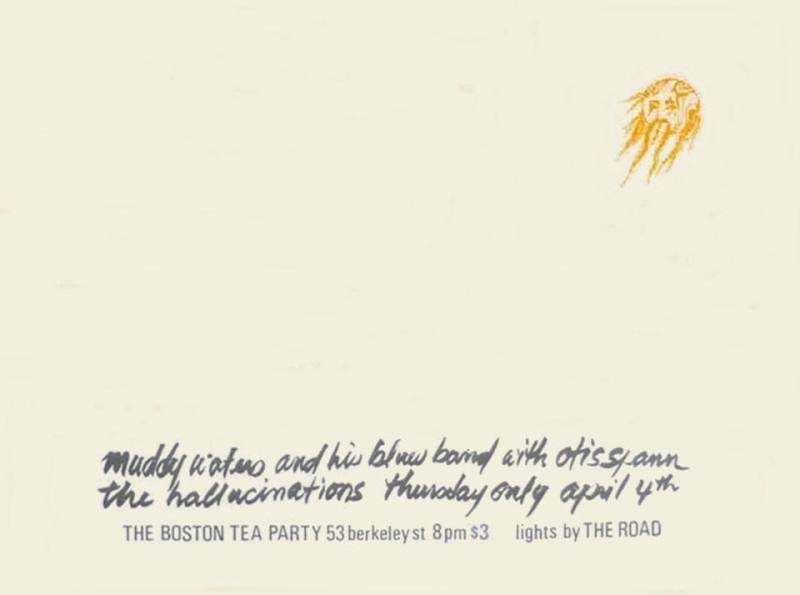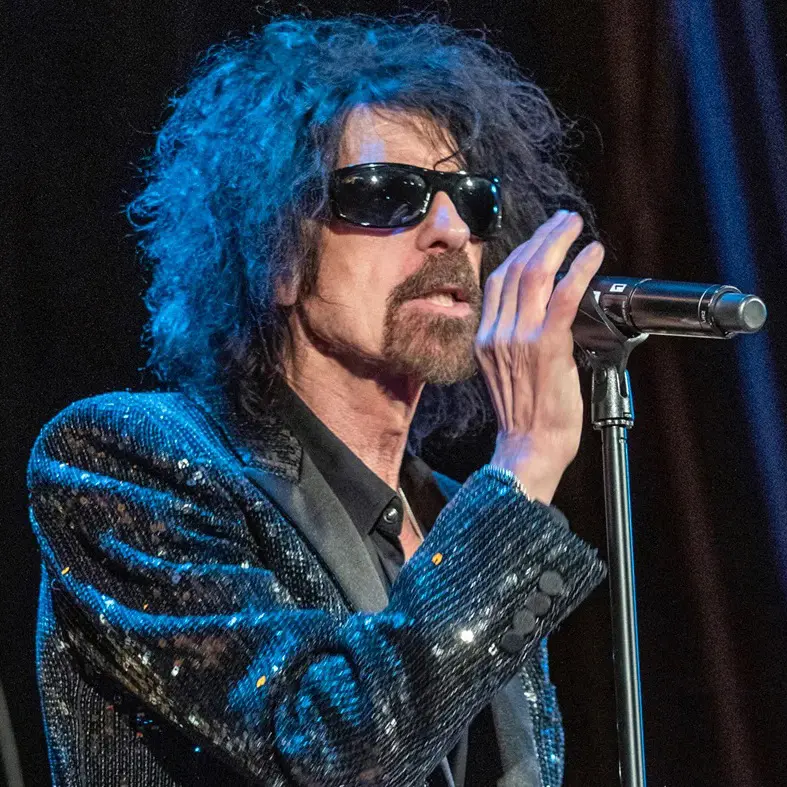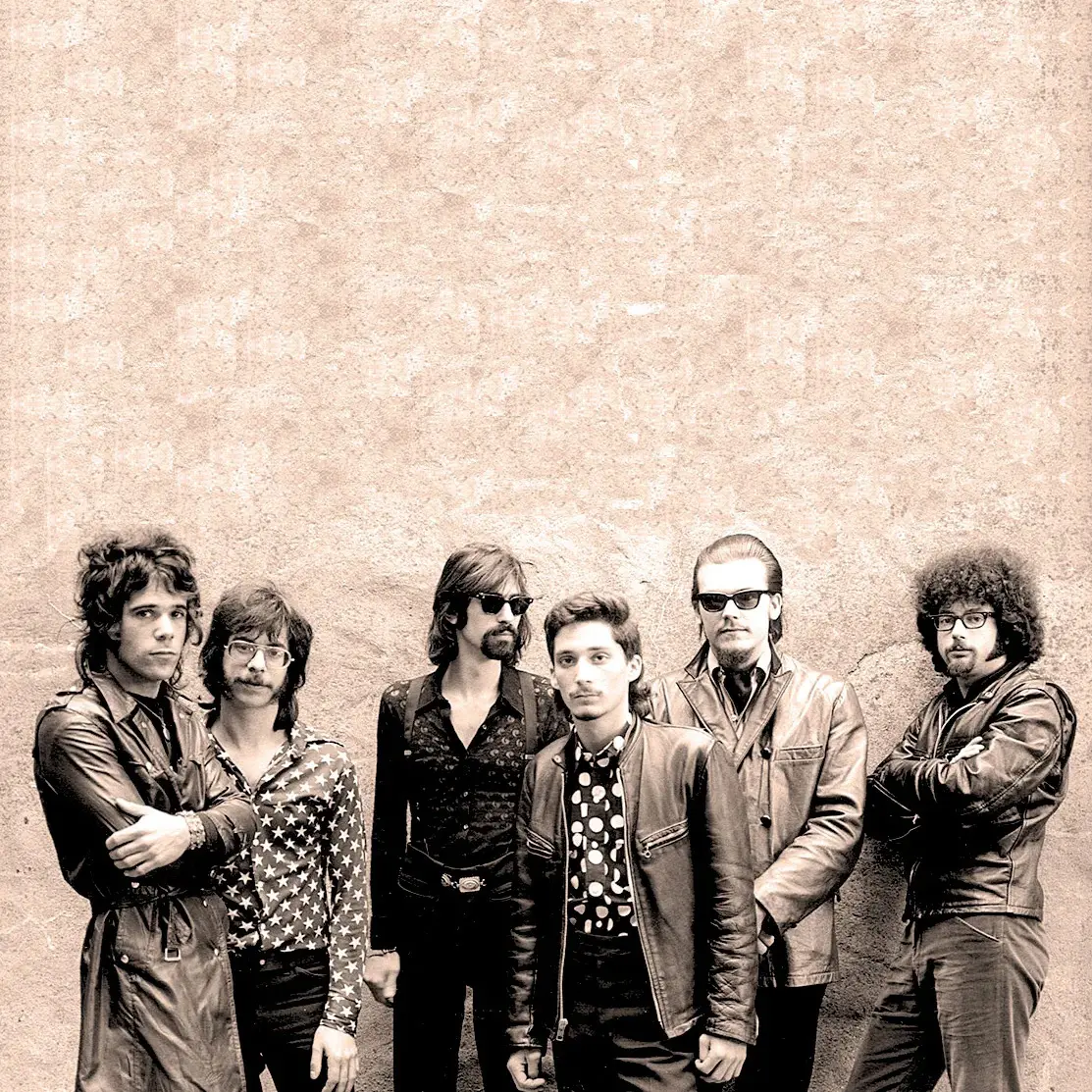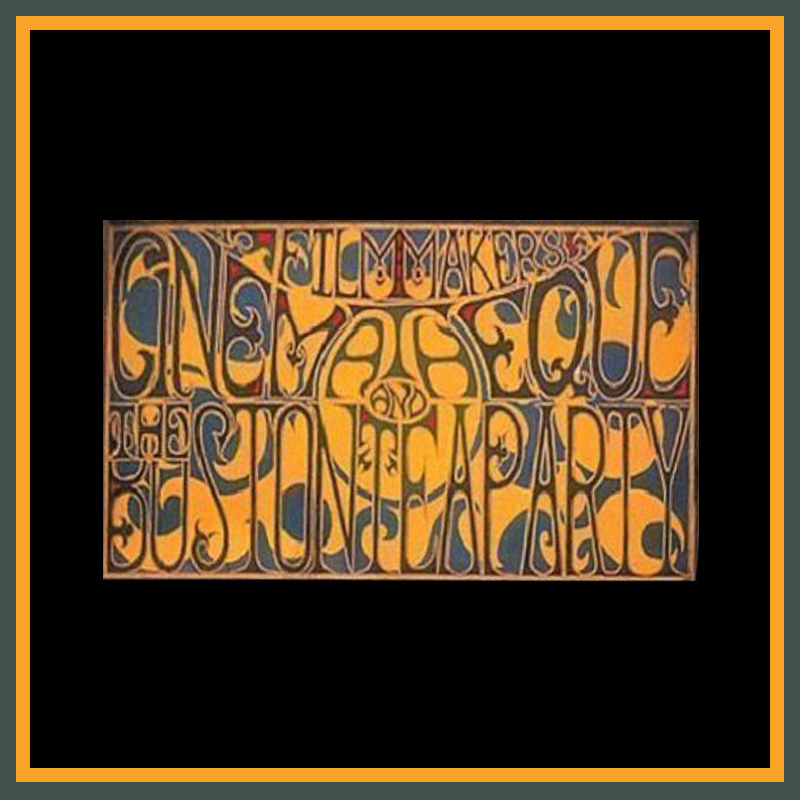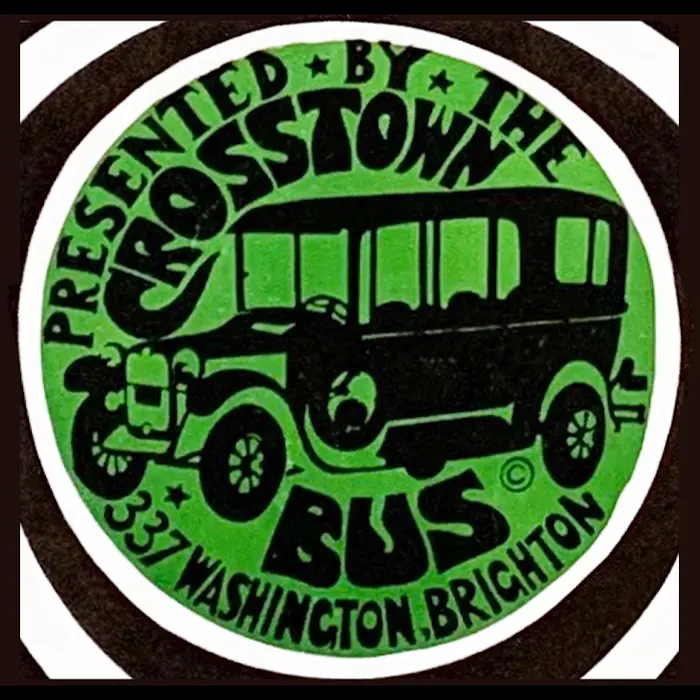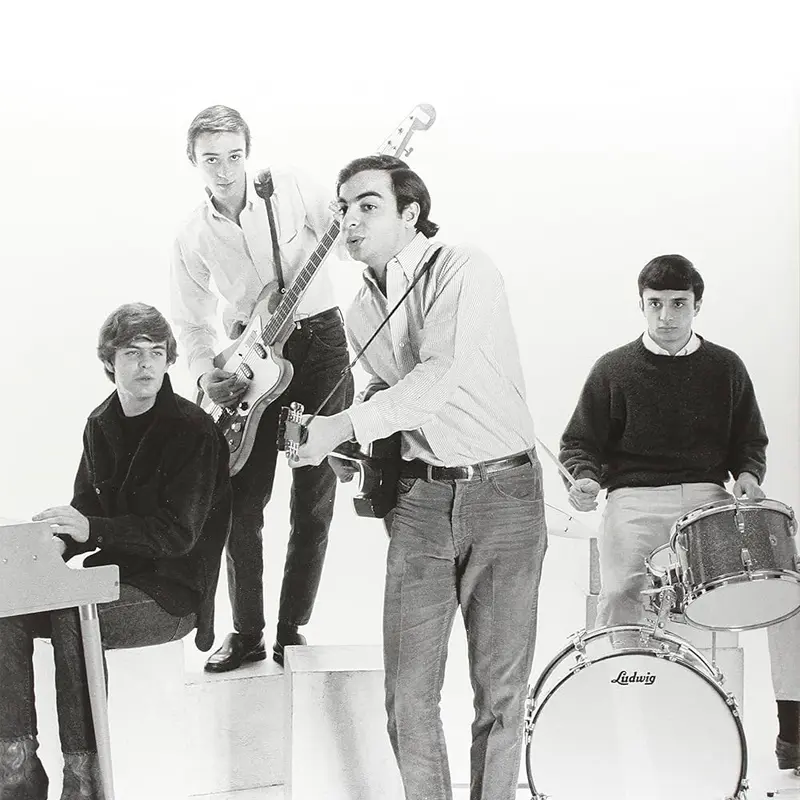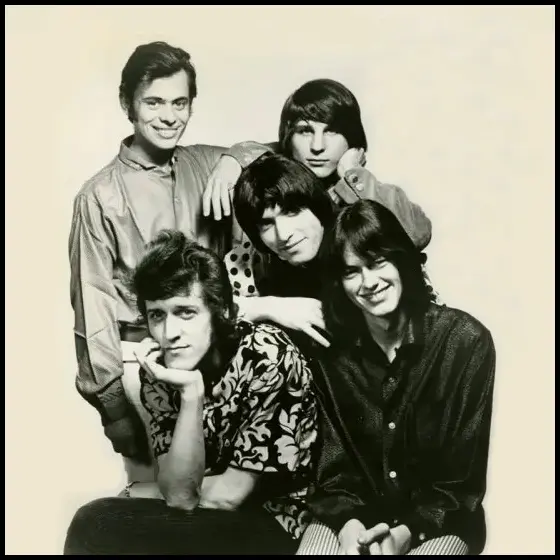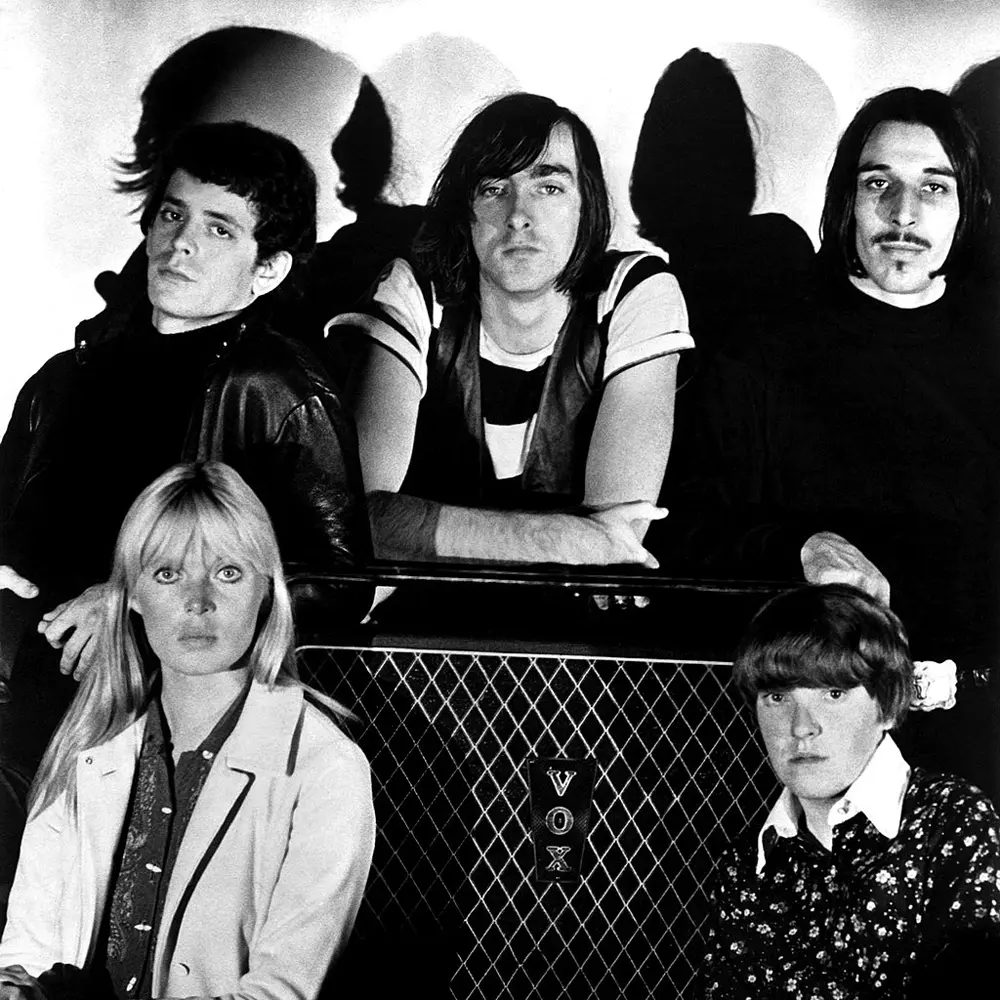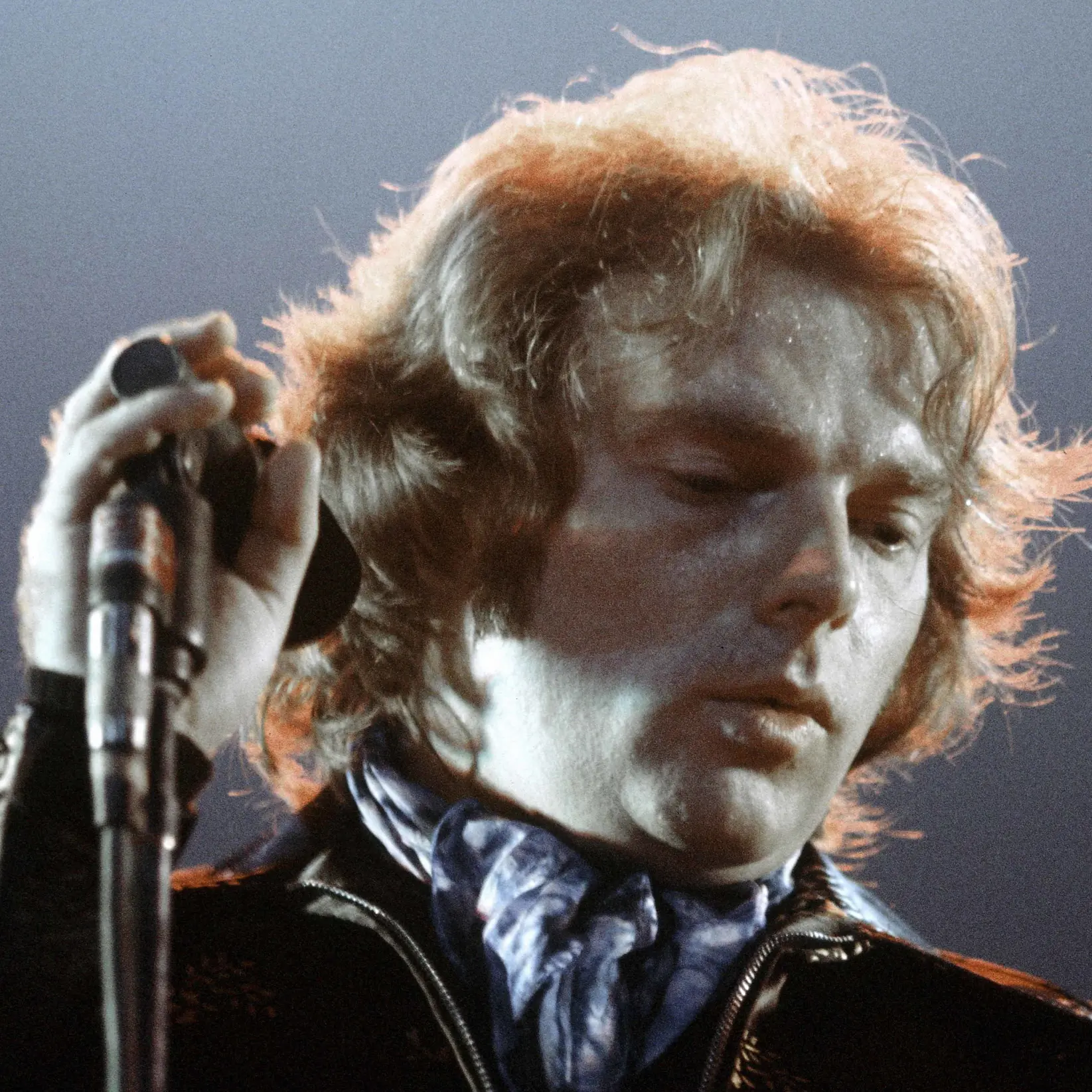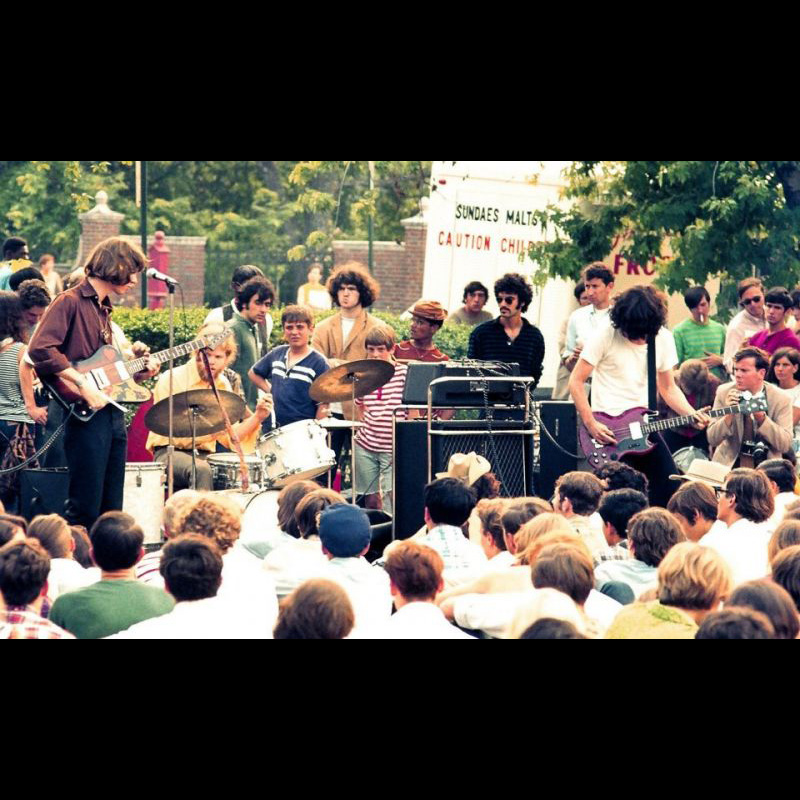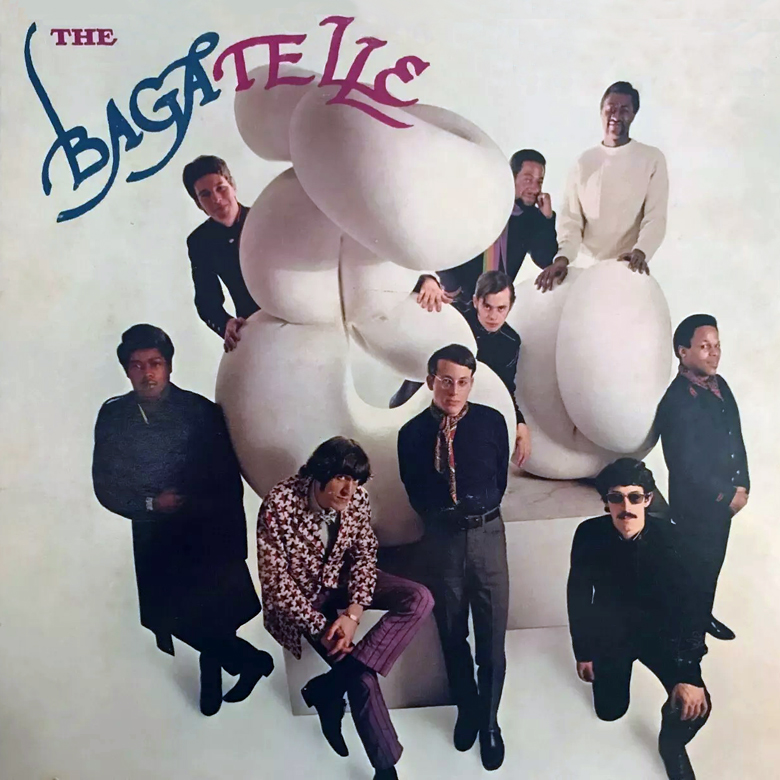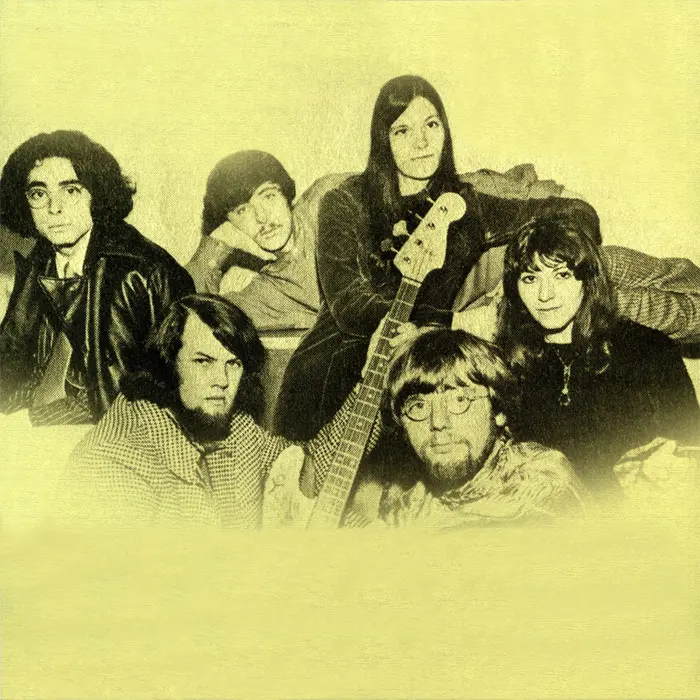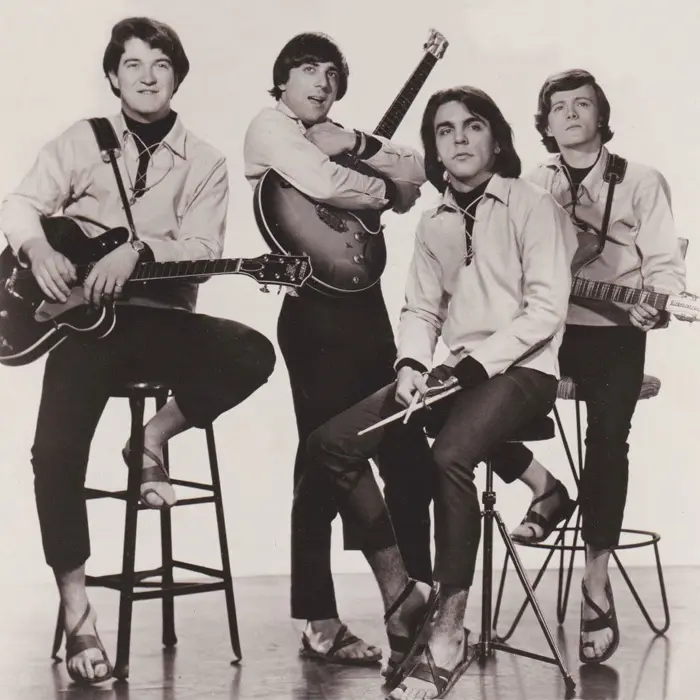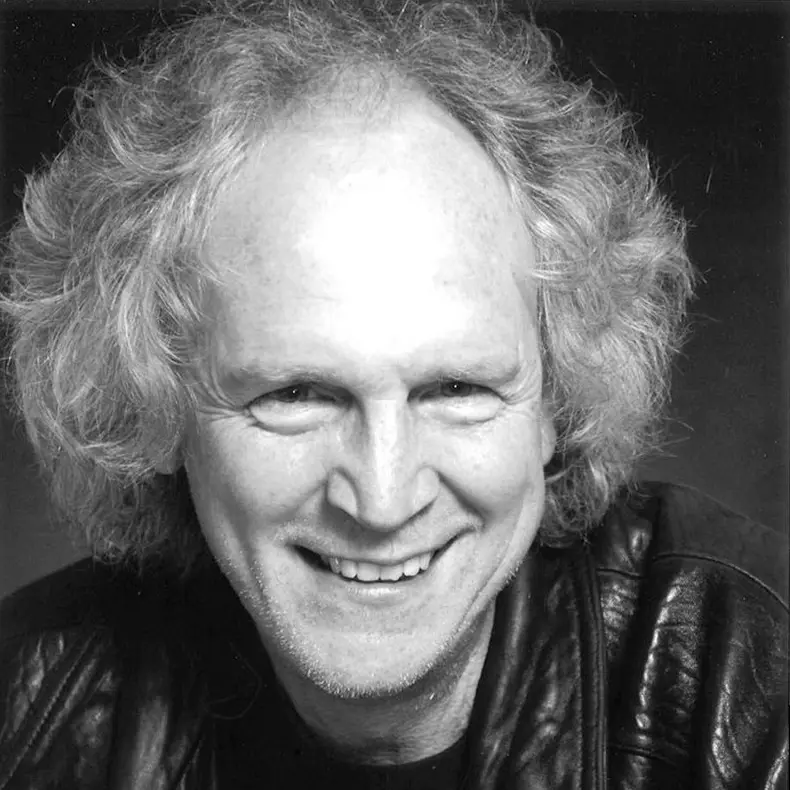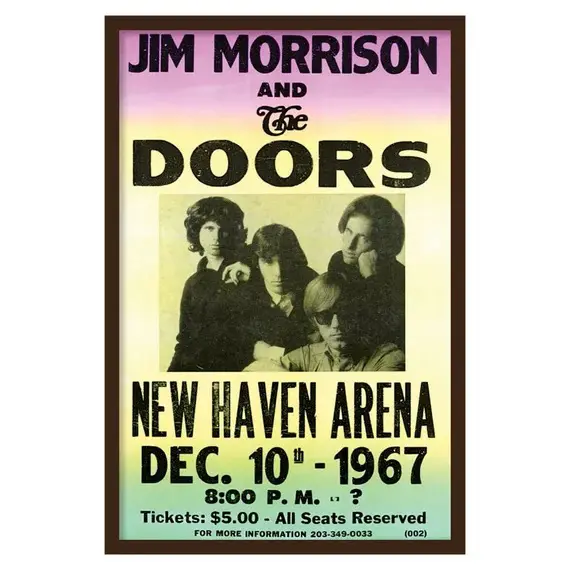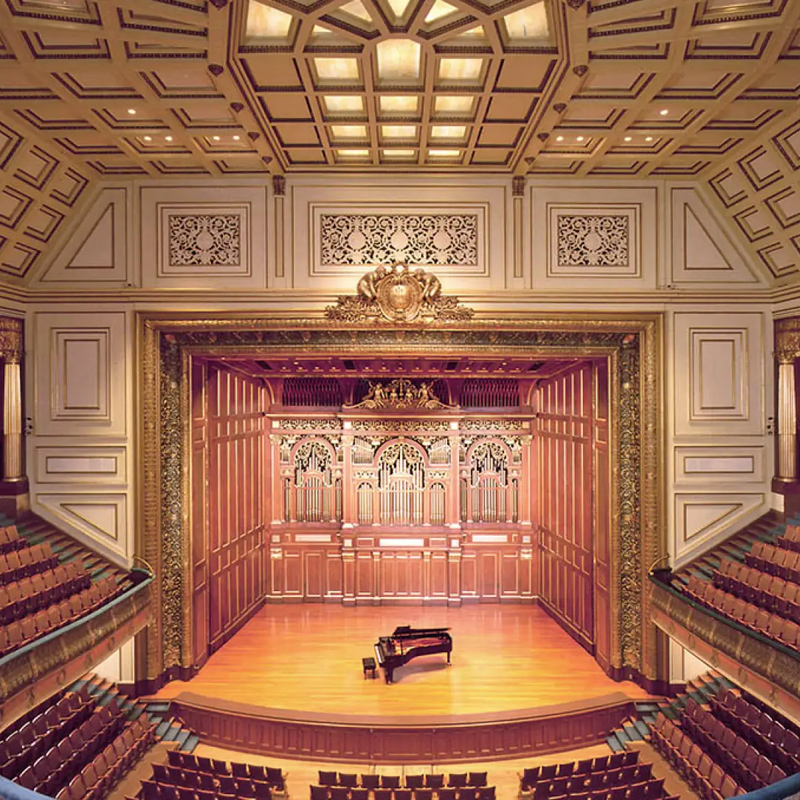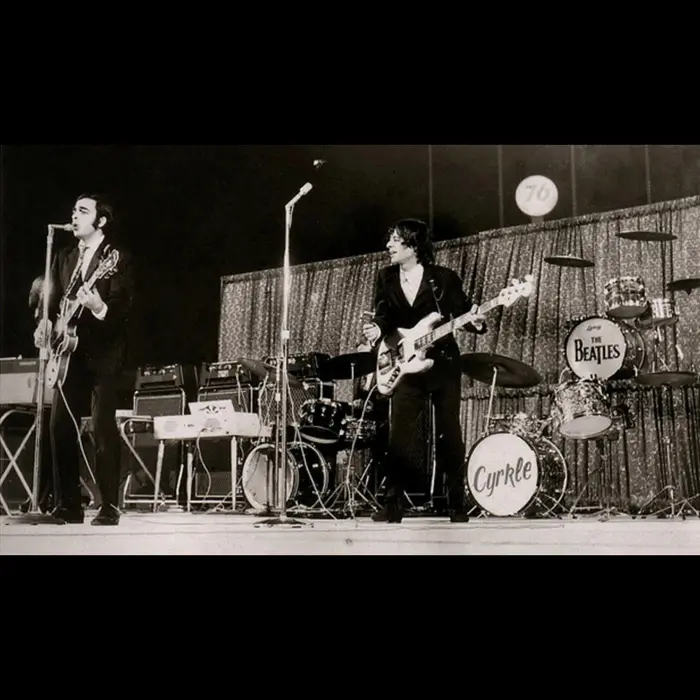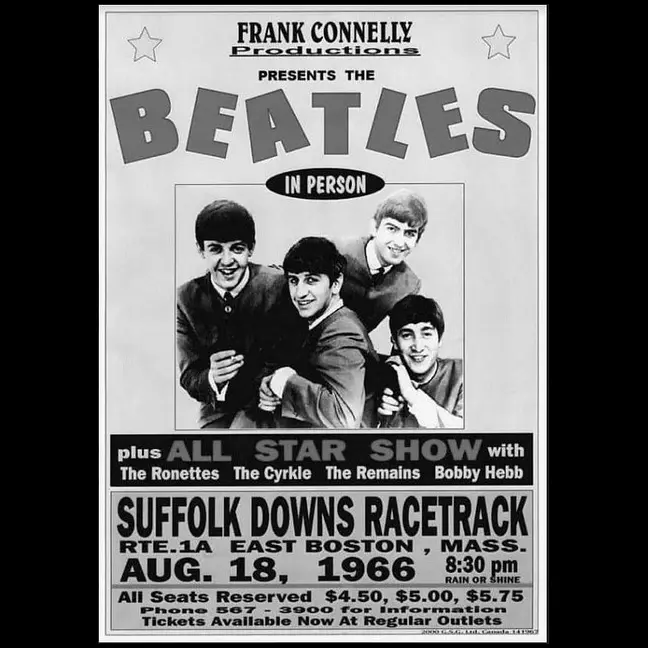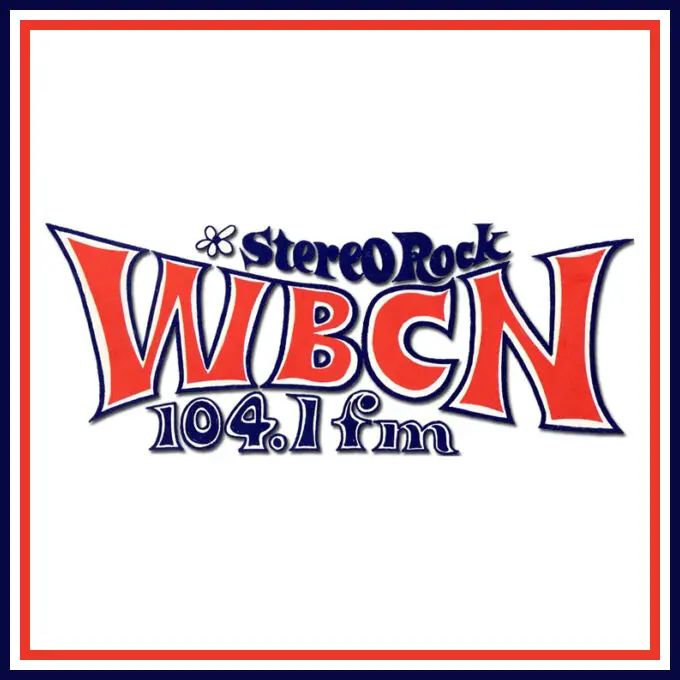The Hallucinations
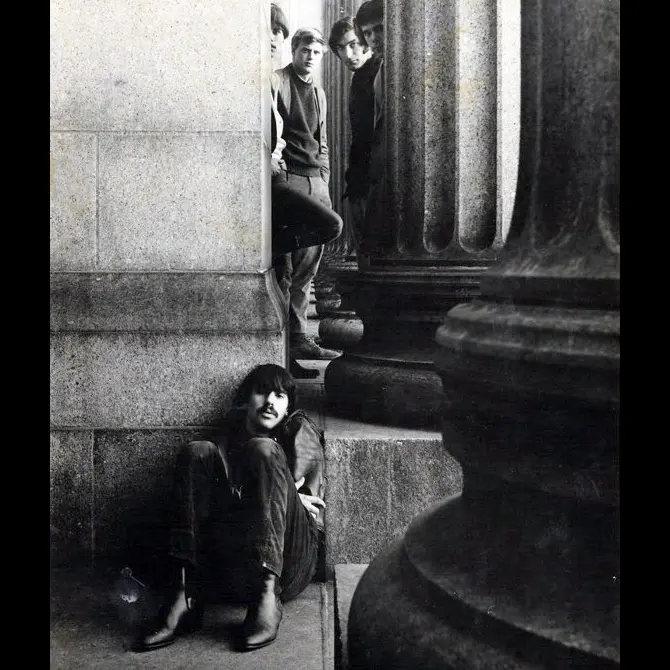
Arguably the most significant unsigned 1960s Boston band in terms of establishing the city’s rock ‘n roll bona fides and raucous musical identity, The Hallucinations were very real when it came to blasting out blazing blues, R&B and soul covers with absolutely inextinguishable showmanship.
Without a recording contract and with nothing even close to a “hit,” the band forged a fiery local following with future J. Geils Band members Peter Wolf as frontman and Stephen Jo Bladd behind the drums, opening for a who’s who of blues greats while headlining shows at some of the rockin’est Boston venues of the day. Called an “attitude-heavy” group by Wolf himself, a 1966 review of the band’s earliest live shows said, “As a musical product, no attempt to describe them is sufficient. They must be heard to be appreciated.”
FORMATION
Contrary to a longstanding urban myth that The Hallucinations formed when Wolf commandeered the mic at a party when the band’s original lead singer was too drunk to perform, the group’s origins aren’t as spectacularly rock-and-roll dramatic as that, according to the band’s guitarist Paul Shapiro, a Boston native who graduated from the School of the Museum of Fine Arts in 1962. “That rumor is not true,” he said in an interview with Jim Botticelli, author of Dirty Old Boston: Four Decades of a City In Transition. “The Hallucinations did not exist at that party.”
The group’s actual backstory begins in 1964, when Shapiro was running a framing shop for the Child’s Gallery on Newbury Street in Boston and he met Boston native Bladd, a student at the School of the Museum of Fine Arts, who was working at the nearby Bunnell Frame Shop (owned by the art dealer Boris Mirski of the prestigious Boris Mirski Gallery, also on Newbury Street). The two shared an interest in music, with Bladd especially interested in drums, and Shapiro encouraged him to buy a kit so they could start jamming together. “I don’t know how he did it, but he could play drums as soon as he bought them,” Shapiro recalled.
By mid-1965, Shapiro and Bladd had started playing with guitarist Doug Slade, and at a party that September the trio were riffing on Sonny Boy Williamson’s “One Way Out” when Wolf, a New York City native who was also a student at the School of the Museum of Fine Arts, asked to sit in on vocals and harmonica. Soon he became the band’s fourth member, followed in October by bassist Joe Clark to complete the lineup.
BAND NAME, EARLY PERFORMANCES
Bladd suggested the name The Hallucinations, Shapiro says, and in November the band played some of its first gigs in the basement of Follen Church in Lexington, which held regular dance parties featuring local rock groups including The Pied Pipers, Mad Hatters, and A Warm Puppy. In early December 1965, The Hallucinations prospects brightened dramatically when Barry Tashian of The Remains introduced them to his manager and booking agent, John Sdoucas of Music Productions, who added the group to his talent roster immediately, booking them nine gigs at the Odyssey Coffee House on Hancock Street in Boston in late December.
In February 1966, following two January shows at Club 47 in Cambridge and two more at the Odyssey, The Hallucinations performed the debut show at Where It’s At, a non-alcoholic nightclub in Kenmore Square, on a double bill with doo-wop stars The Tokens (whose version of “The Lion Sleeps Tonight” hit #1 in the US in 1961). The group headlined at the venue regularly through September that year, opened for The Remains there in March and played a three-night stand there as the opener for John Lee Hooker in April, when they also did a show at the Moondial Coffee House on Berkeley Street.
BOSTON TEA PARTY, FINAL PERFORMANCES
In January 1967, The Hallucinations and Vermont-based psychedelic-rock band The Lost were the first two bands to perform at The Boston Tea Party, which had opened that same month, and The Hallucinations played regular multi-night gigs there through July 1968. During that period, they opened for John Lee Hooker several more times along with The Velvet Underground, Muddy Waters, Howlin’ Wolf and Van Morrison while playing on double bills with Boston-based bands The Beacon Street Union, Ultimate Spinach, Eden’s Children, The Barbarians, The Bagatelle and the power trio Butter, fronted by Andy Pratt. The Hallucinations also appeared at the Tea Party with psychedelic-soul group The Chambers Brothers, psychedelic-rock bands Quicksilver Messenger Service and Lothar & the Hand People, jazz flutist Jeremy Steig, Minneapolis-based blues-rock group Crow and Procol Harem.
In August 1967, The Hallucinations played the final show at the short-lived club The Crosstown Bus in Allston – where The Doors had played two weeks before – on a double bill with LA-based psychedelic-rock quintet Clear Light, followed by a show at the UMass Amherst Student Union Ballroom in September and one at New England Conservatory in October. On July 18, 19 and 20, 1968, the band played its final shows on a double bill with Lothar & the Hand People at The Boston Tea Party.
POST-HALLUCINATIONS ACTIVITY, MARHARISHI MAKESH YOGI INITIATION
During his time with The Hallucinations, Wolf had become the first all-night deejay at the unforgettable Boston radio station WBCN, using “Woofa Goofa” as his on-air personality, but he chose to make his career onstage and with Bladd joined the J. Geils Band, which signed with Atlantic in 1970. Shapiro became a world-renowned abstract impressionist and landscape painter, based in New Mexico since 1982.
When asked in 2013 about another popular rumor regarding The Hallucinations’ history – that the band members were initiated by the Marharishi Makesh Yogi in 1965, two years before he initiated The Beatles in India in 1967 – Shapiro said it’s actually a fact. “Yes, it was at 862 Huntington Ave. [in Boston], a block away from South Huntington,” he said. “Pre-Beatles.”
(by D.S. Monahan)

